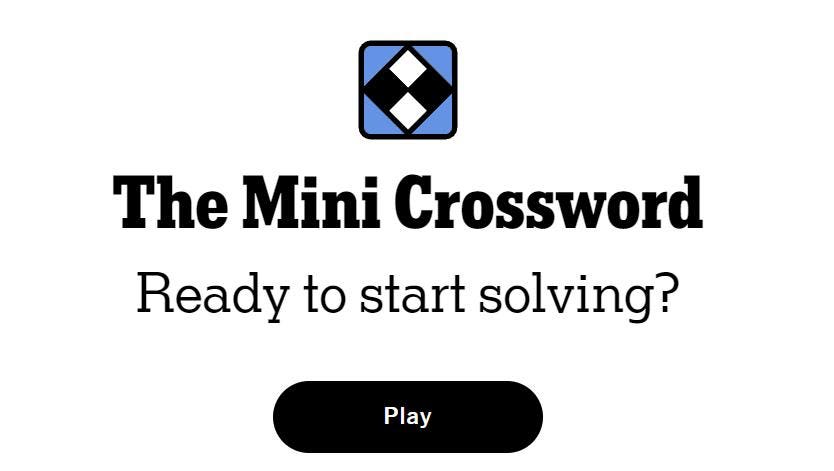To many, the genome is a puzzle—a many-sided puzzle whose meaning stretches across your life, your children’s, and your family’s.
ACCESS Health International
To many, the genome is a puzzle—a many-sided puzzle whose meaning stretches across your life, your children’s, and your family’s. What is it? How does it affect your health and the health of those closest to you? And how can we as individuals make sense of this intricate code to improve our health throughout life, from birth onward?
The puzzle remains at the heart of this story. Your DNA, your genome, is a vast and complex blueprint, inherited piece by piece from each of your parents, full of subtle variants that make you unique. Today, we have the ability to read that blueprint quickly and clearly, from the tiniest samples of blood or tissue, even before birth and throughout your life. The challenge now is turning this newfound knowledge into insights that empower healthier choices and brighter futures for us all.
Whole-genome sequencing reads every DNA base, the chemical letters that make up our genetic code. The human genome contains six billion nucleotides and millions of inherited variants. This shifts medicine from diagnosing disease based on symptoms to molecular analysis that examines genes and molecules. Results can arrive in a day, pushing whole-genome sequencing to the forefront of medicine. Clinicians now integrate genetic data, including DNA, and molecular data such as RNA, which helps produce proteins, to understand the causes of disease and guide care.
Making Sense of the Pieces: Penetrance and Polygenics
However, understanding the pieces is only the beginning. The true challenge lies in making sense of this cascade of data. Not all variants are created equal. Some, like the dramatic gene change behind Huntington’s disease, nearly guarantee a future diagnosis. Others, such as those determining eye color, height or risk of heart disease, are determined by countless subtle changes interacting with the environment and lifestyle. This concept is called “penetrance,” which refers to the likelihood that a person carrying a particular genetic variant will actually exhibit the associated trait or condition.
Another way to understand penetrance is to think of each gene as a piece of a very complex puzzle. Each gene must fit precisely with the surrounding pieces and other environmental or behavioral factors to form a clear picture. If a single piece is altered, it may not fit or fit imperfectly, disrupting the entire puzzle, either significantly or slightly. Sometimes, a single defective piece can disrupt the whole image.
Disease risk often results from multiple genetic variants, each with a small effect. Most health outcomes arise from many low-penetrance variants and environmental factors, while high-penetrance variants are rare.
Understanding penetrance introduces us to polygenic risk and risk scoring, which may be important for you in clinical assessments or research. Polygenic risk scores sum thousands or millions of DNA differences to estimate how an individual’s risk compares to that of the general population. In these cases, risk reflects the combined effect of many small genetic changes. However, these scores may be less accurate in people with different genetic backgrounds or when applied outside the group for which they were developed.
Big Data and AI: Assembling the Genomic Puzzle
Biotechnology and artificial intelligence are accelerating the process of putting the pieces together to see a whole picture. These AI‑assisted analytics overlay genomic patterns with clinical records, imaging, laboratory values, and lifestyle information to estimate the probabilities of both rare and common diseases. They are learning patterns that human analysts cannot reliably detect.
In oncology, tumor and germline sequencing guide algorithms match patients to targeted therapies and assess recurrence. In cardiology and endocrinology, AI-based polygenic risk models work alongside traditional calculators to pinpoint individuals who may benefit from early intervention, such as cholesterol-lowering medication or glucose monitoring—even when short-term clinical risk appears low. These integrated approaches bridge genetic insights with health outcomes, underscoring the population-wide effects of genetic variants.
Probability, Not Prediction: Finding Meaning in Genomic Risk
As we move from big data to its implications, it’s important to recognize that whole genome sequencing provides estimates of disease risk, not definitive predictions. Results reflect the complex interactions among genetic, environmental and unknown factors. In rare cases, a specific mutation may predict disease. For most conditions, genetic information offers limited predictive value.
For cancers with genetic drivers like BRCA1 or BRCA2, testing can predict risk and guide care. This enables proactive surveillance or preventive surgery for those at high risk. Similarly, genetic testing is useful in conditions such as Lynch syndrome, familial hypercholesterolemia and inherited cardiac disorders. In these cases, knowing one’s genetic status can lead to earlier intervention or tailored management. However, these variants do not guarantee disease, and their absence does not eliminate risk. This is because risk extends beyond genes. Lifestyle, exposures and chance all play critical roles in determining who ultimately develops a disease.
Universal Genomics: The Road Ahead
Looking ahead, as these insights take hold, sequencing costs continue to decline and universal genomic testing is emerging as a real possibility. National programs and cutting-edge research promise even wider access, raising the possibility of a single test early in life yielding a roadmap for disease risk and prevention over the course of decades. This map could be continually updated as new findings emerge and therapies expand. It can integrate genomic information into every aspect of personal health. For individuals, this might mean AI-generated risk profiles as common as cholesterol checks, guiding wellness strategies, medication and even decisions about work and lifestyle.
As we fit more of the genomic puzzle together, our opportunity and responsibility grow. Predictive genomics can transform health. Yet, its value rests on careful interpretation and the understanding that, for most, the picture remains a blend of certainty, possibility and human complexity.









